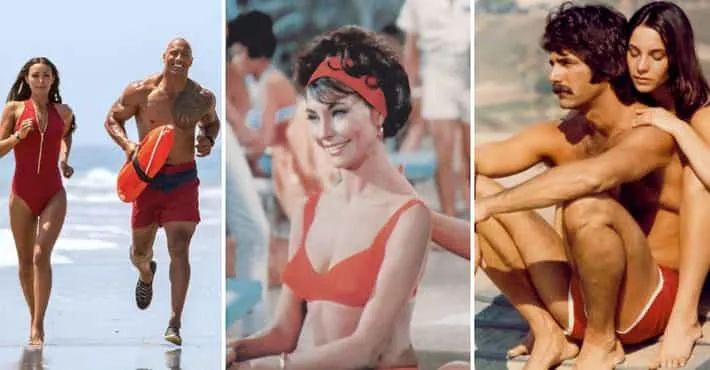Lorde's Back! Teaser Track Drops, Is This the Melodrama Sequel We've Been Waiting For?

The raw emotion poured forth, not just through the audio track, but visually. The artist chose a deeply personal approach, foregoing elaborate sets and complex choreography for a simple, yet powerful, self-portrait. She captured herself immersed in the song, her face a canvas reflecting the nuances of the melody and the weight of the lyrics. It was a direct connection, unfiltered and immediate, allowing viewers to witness the song's impact on her in real-time.
The Power of Authenticity
In an era saturated with highly produced and often artificial content, the artist's decision to present such a vulnerable and authentic portrayal resonated deeply. The act of simply singing along, mouthing the words, might seem simplistic on the surface, but it unveiled a layer of genuine connection that is often lost in more elaborate productions. It was a reminder that sometimes, the most impactful art is born from stripping away the excess and focusing on the core emotion.
The choice to film herself, rather than relying on a professional crew, further amplified this sense of authenticity. It created an intimate atmosphere, as if the viewer were a silent observer in a private moment. This intimacy fostered a stronger connection between the artist and her audience, allowing them to feel a shared experience of the song's emotional landscape.
The absence of elaborate costumes or makeup also contributed to the overall feeling of genuineness. The artist presented herself as she is, without artifice or pretense. This vulnerability allowed viewers to connect with her on a human level, recognizing the shared emotions and experiences that the song explored.
Decoding the Visual Narrative
While the visual presentation might appear straightforward, it's crucial to delve deeper into the subtle nuances that contribute to its overall impact. The artist's facial expressions, her body language, and even the lighting all play a role in conveying the song's message.
The way she mouths the lyrics, for instance, is not merely a mechanical act. It's a performance in itself, a physical embodiment of the words and their meaning. Each syllable is given weight and emphasis, reflecting the artist's understanding and interpretation of the song. The subtle movements of her lips, the slight furrowing of her brow, all contribute to the emotional depth of the visual narrative.
Furthermore, the camera angle and framing play a significant role in shaping the viewer's perception. A close-up shot, for example, can intensify the emotional impact by focusing on the artist's eyes and facial expressions. A wider shot, on the other hand, might provide a sense of context and allow the viewer to appreciate the overall atmosphere.
The lighting also contributes to the mood and tone of the visual. Soft, natural lighting can create a sense of intimacy and vulnerability, while harsher, more dramatic lighting can convey a sense of intensity and drama. The artist's choice of lighting likely reflects the emotional content of the song and her desired aesthetic.
The Song as a Catalyst for Self-Expression
The act of singing along, of mouthing the lyrics, can be seen as a form of self-expression. It's a way for the artist to connect with the song on a personal level and to communicate her interpretation to the audience. The song becomes a vehicle for her own emotions and experiences, allowing her to share a part of herself with the world.
This form of self-expression is particularly powerful because it's both personal and universal. The artist's individual experience of the song is unique to her, but the emotions and themes it explores are likely to resonate with many viewers. This creates a sense of shared understanding and connection, fostering a sense of community among those who appreciate the song.
The visual representation of this self-expression further amplifies its impact. By capturing herself singing along, the artist is essentially inviting viewers to witness her personal connection to the song. This creates a sense of intimacy and vulnerability, allowing viewers to feel as though they are sharing a private moment with the artist.
Beyond the Surface: Unveiling Deeper Meanings
While the visual presentation might appear simple, it's important to consider the potential for deeper meanings and interpretations. The artist's choice to film herself singing along could be seen as a commentary on the nature of performance, the role of the artist, or the relationship between music and emotion.
For example, the act of mouthing the lyrics could be interpreted as a critique of the lip-syncing culture that is prevalent in the music industry. By choosing to simply sing along, the artist is perhaps suggesting that authenticity and genuine emotion are more important than technical perfection.
Alternatively, the visual could be seen as a celebration of the power of music to connect people. The artist's personal connection to the song is evident in her facial expressions and body language, and this connection is likely to resonate with viewers who have had similar experiences with music.
Ultimately, the meaning of the visual is open to interpretation. Each viewer will bring their own experiences and perspectives to the viewing experience, and their interpretation will be shaped by these factors. This ambiguity is part of what makes the visual so compelling and thought-provoking.
The Impact on the Audience
The artist's decision to present such an authentic and vulnerable portrayal is likely to have a significant impact on the audience. Viewers may feel a stronger connection to the artist, a deeper appreciation for the song, or a renewed sense of their own emotions and experiences.
The intimacy of the visual presentation can create a sense of shared experience, allowing viewers to feel as though they are sharing a private moment with the artist. This can foster a sense of empathy and understanding, leading to a stronger connection between the artist and her audience.
The authenticity of the visual can also be inspiring, encouraging viewers to embrace their own vulnerability and to express themselves more freely. By presenting herself as she is, without artifice or pretense, the artist is setting an example for others to follow.
Furthermore, the visual can prompt viewers to reflect on their own relationship with music. The artist's personal connection to the song is evident in her facial expressions and body language, and this can inspire viewers to consider the ways in which music has impacted their own lives.
A Testament to the Power of Simplicity
In conclusion, the artist's choice to film herself singing along to the track, mouthing the lyrics, is a testament to the power of simplicity. By stripping away the excess and focusing on the core emotion, she has created a visual that is both authentic and deeply moving. The visual narrative, though seemingly straightforward, is rich with subtle nuances that contribute to its overall impact. The artist's facial expressions, body language, and the lighting all play a role in conveying the song's message. The act of singing along becomes a form of self-expression, allowing the artist to connect with the song on a personal level and to communicate her interpretation to the audience. This form of self-expression is particularly powerful because it's both personal and universal, creating a sense of shared understanding and connection. The visual's impact on the audience is significant, fostering a stronger connection to the artist, a deeper appreciation for the song, and a renewed sense of their own emotions and experiences. It serves as a reminder that sometimes, the most impactful art is born from stripping away the excess and focusing on the core emotion, proving that authenticity and vulnerability can be powerful tools for connecting with an audience.





✦ Tanya AI